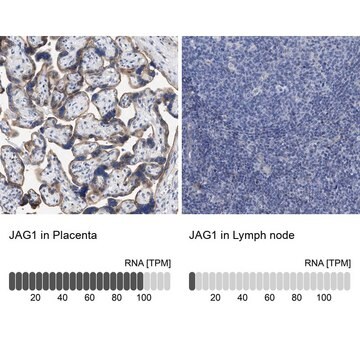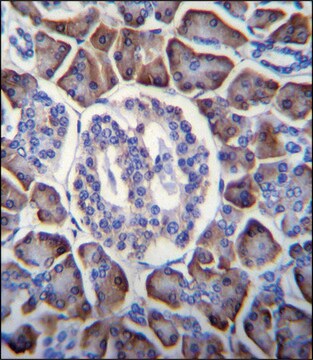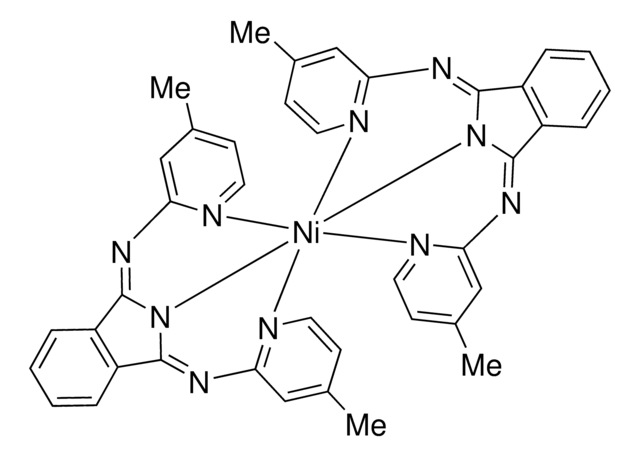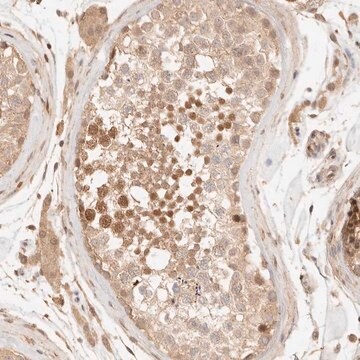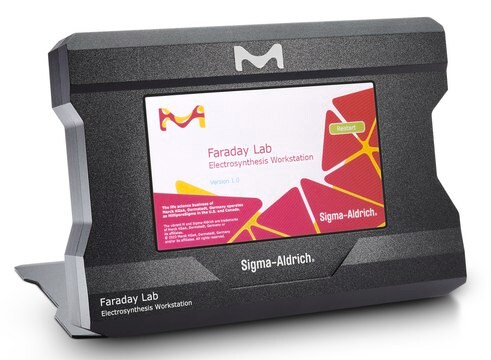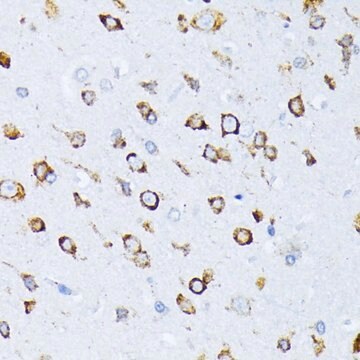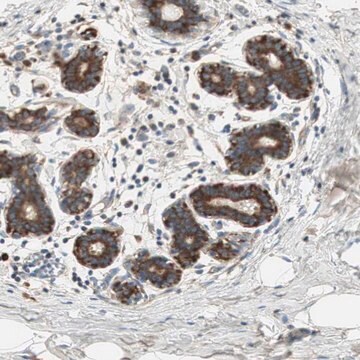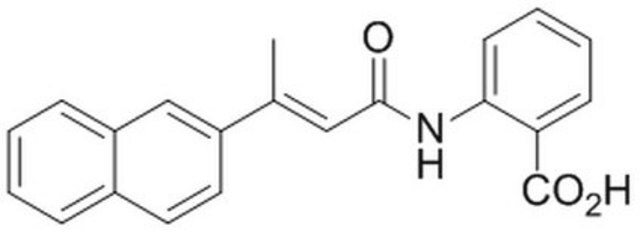HPA003084
Anti-MDGA2 antibody produced in rabbit
Prestige Antibodies® Powered by Atlas Antibodies, affinity isolated antibody, buffered aqueous glycerol solution
别名:
Anti-MAM domain-containing glycosylphosphatidylinositol anchor protein 2 antibody produced in rabbit, Anti-MAM domain-containing protein 1 precursor antibody produced in rabbit
About This Item
推荐产品
生物源
rabbit
品質等級
共軛
unconjugated
抗體表格
affinity isolated antibody
抗體產品種類
primary antibodies
無性繁殖
polyclonal
產品線
Prestige Antibodies® Powered by Atlas Antibodies
形狀
buffered aqueous glycerol solution
物種活性
human
技術
immunohistochemistry: 1:50- 1:200
免疫原序列
ALVQLIVQYPPAVEPAFLEIRQGQDRSVTMSCRVLRAYPIRVLTYEWRLGNKLLRTGQFDSQEYTEYAVKSLSNENYGVYNCSIINEAGAGRCSFLVTGKAYAPEFYYDTYNPVWQNRHRVYSYSLQWTQMNPDAV
UniProt登錄號
運輸包裝
wet ice
儲存溫度
−20°C
目標翻譯後修改
unmodified
基因資訊
human ... MDGA2(161357)
免疫原
應用
生化/生理作用
特點和優勢
Every Prestige Antibody is tested in the following ways:
- IHC tissue array of 44 normal human tissues and 20 of the most common cancer type tissues.
- Protein array of 364 human recombinant protein fragments.
聯結
外觀
法律資訊
未找到合适的产品?
试试我们的产品选型工具.
儲存類別代碼
10 - Combustible liquids
水污染物質分類(WGK)
WGK 1
閃點(°F)
Not applicable
閃點(°C)
Not applicable
個人防護裝備
Eyeshields, Gloves, multi-purpose combination respirator cartridge (US)
我们的科学家团队拥有各种研究领域经验,包括生命科学、材料科学、化学合成、色谱、分析及许多其他领域.
联系技术服务部门